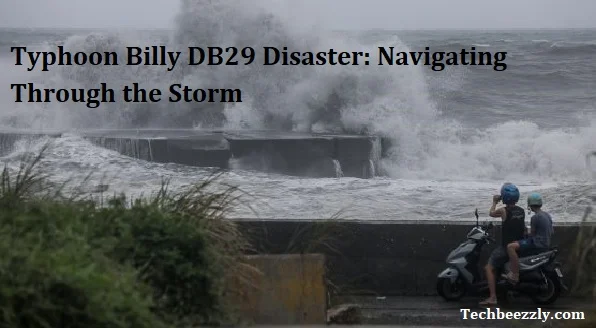
Typhoon billy db29 disaster, a natural calamity that struck with unprecedented force, left a trail of devastation in its wake. This article delves into the intricacies of the disaster, exploring its origins, impacts, and the collective response of communities and governments.
Understanding Typhoon Billy Db29 Disaster
Typhoons, massive tropical storms characterized by strong winds and heavy rainfall, are natural occurrences in certain regions. Understanding their formation and intensity is crucial for effective disaster preparedness.
Typhoon billy db29 disastere merged as a formidable force, navigating a path that posed a significant threat to coastal regions. Delving into its trajectory and intensity provides insights into the sheer power of nature.
Preparing for the Storm
Preparedness is key when facing a typhoon. This section emphasizes the importance of evacuation plans, emergency kits, and community readiness to minimize the impact of such disasters.
Assessing the damage caused by typhoon billy db29 disaster and exploring the subsequent recovery efforts highlights the resilience of affected communities and the challenges they faced in rebuilding.
Environmental Consequences
Beyond human impact, typhoons have severe consequences for the environment. Examining the effects on ecosystems and wildlife underscores the need for sustainable practices in disaster recovery.
Governments play a crucial role in disaster management. Evaluating the response to typhoon billy db29 disaster sheds light on the strengths and weaknesses of government actions in times of crisis. International and local efforts in providing aid during and after the disaster, coupled with the role of non-governmental organizations, exemplify the global solidarity in times of need.
Personal Stories
Sharing real-life accounts of individuals affected by typhoon billy db29 disaster humanizes the disaster, showcasing the strength and unity of communities facing adversity. Advancements in technology have significantly contributed to predicting and mitigating the impact of typhoon disasters. This section explores innovations shaping future disaster preparedness.
Learning from the Past
Examining historical typhoon disasters provides valuable insights into strategies for preventing future catastrophes and improving global disaster response.
The media’s role in disaster awareness is crucial. Responsible reporting during and after typhoon events contributes to informed decision-making and community support.
Challenges in Disaster Management
Identifying challenges faced by authorities in managing typhoon disasters highlights areas for improvement in disaster response systems. Empowering communities to take initiative in disaster prevention and recovery fosters resilience and creates a network of support.
Conclusion
In conclusion, typhoon billy db29 disaster serves as a stark reminder of the unpredictable nature of these storms. By learning from past experiences and embracing technological advancements, communities can better prepare for future disasters.
